Part One: A Year in the Edible Garden, by Sarah Raven

A feast for your eyes and your body, Sarah Raven’s combo of food planted with flowers is a work of art. Honestly, A Year in the Edible Garden (released in the UK as A Year Full of Veg) by Sarah Raven, the beloved British gardener of Perch Hill, has genuinely made veg gardening an art form. I am doing everything I can to copy her.
In the book’s introduction, Raven makes excellent points about what you may or may not want to grow. Consider Brussels sprouts or cauliflowers. They occupy a lot of space since they sit in the ground for almost 6 months from planting to harvest. They require too much tending to protect from caterpillars, so she leaves the growing of them to the farmers. For that matter, any plant that requires a lot of maintenance or space is off the list. I love this approach. I gave up growing corn in my smallish city garden about 20 years ago. It takes up a lot of space and valuable water, so I leave it to the guy with the farm stand down the road. Abundance, freshness, and ease are the keys to growing your own.
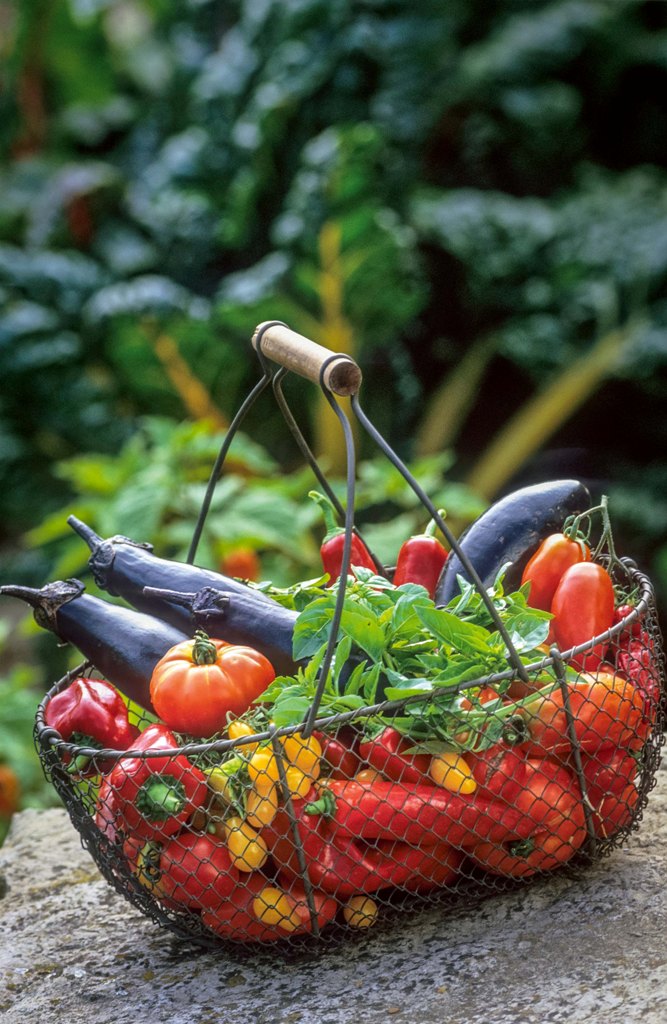
On the other hand, Raven shares a good rule when deciding what to sow and what to leave at the grocery store. She describes “unbuyables” as fresh produce that is consistently better from your garden than the supermarket. Tomatoes, peas, herbs, fresh green beans, radishes, and peppers are just a few must-grow edibles. Not only are they super easy to plant and harvest, we can’t forget the psychic and sensory satisfaction: There is nothing as delicious as a warm tomato from the garden with your fresh-picked herbs. I add eggplants to that short list, especially for any kind of uncommon variety not found at your grocery store.
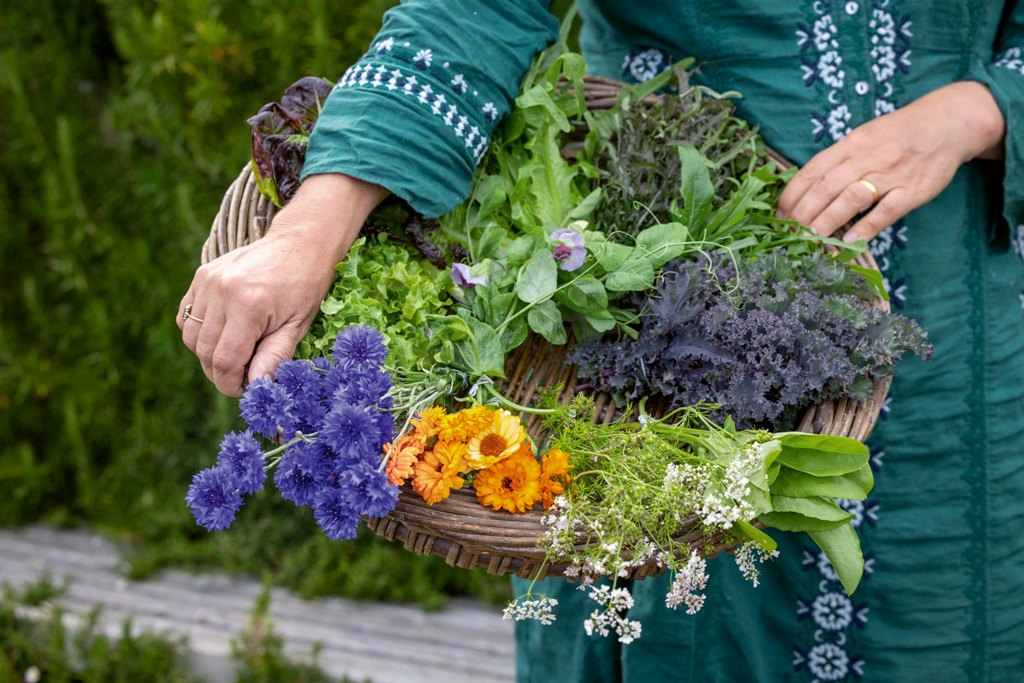
In “A Year in the Edible Garden,” each plant is presented along with the deets the vegetable gardener needs to know: How boldly-flavored you can expect a particular “green” to be and which varieties are slow to bolt. Not only WHAT to grow but all the practicalities, including snipping rosemary tips to encourage full, bushy shrubs.
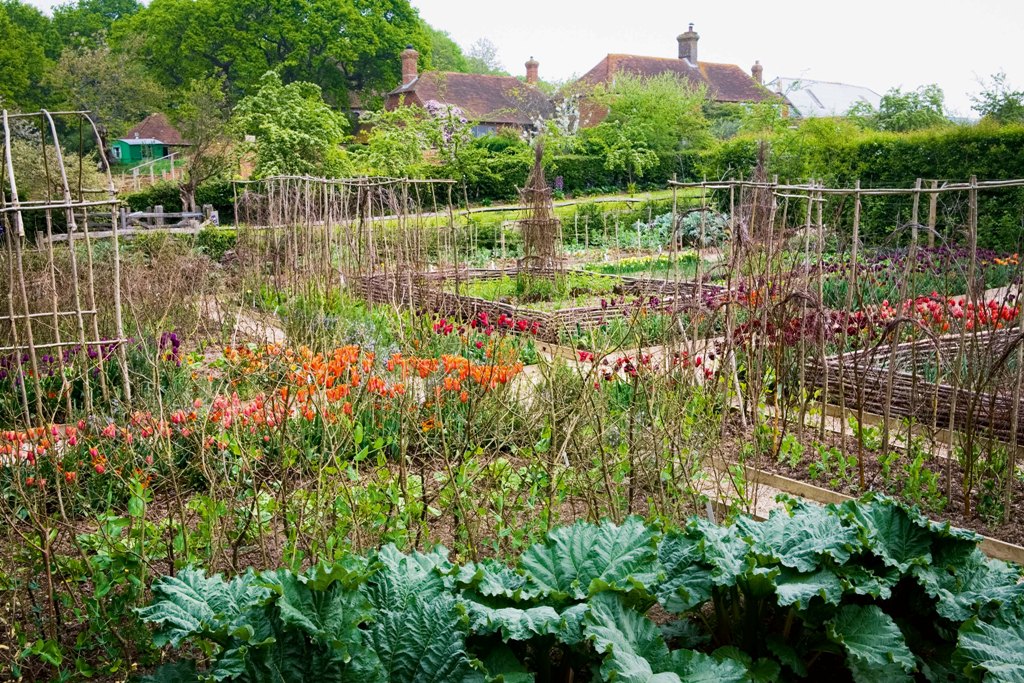
And that glorious tapestry effect? Raven shares which spring bulbs to pair with which edible plant. One of my favorites is the rhubarb paired with the narcissus. She elevates rhubarb as the critical plant it is – did you know it is considered an archeology marker for lost farms and villages? And the secret to the sweetest part of the stems? The stub end of the leaf (peeled). If your rhubarb plants send up flower stalks, remove them and use them in ornamental vases in the house.
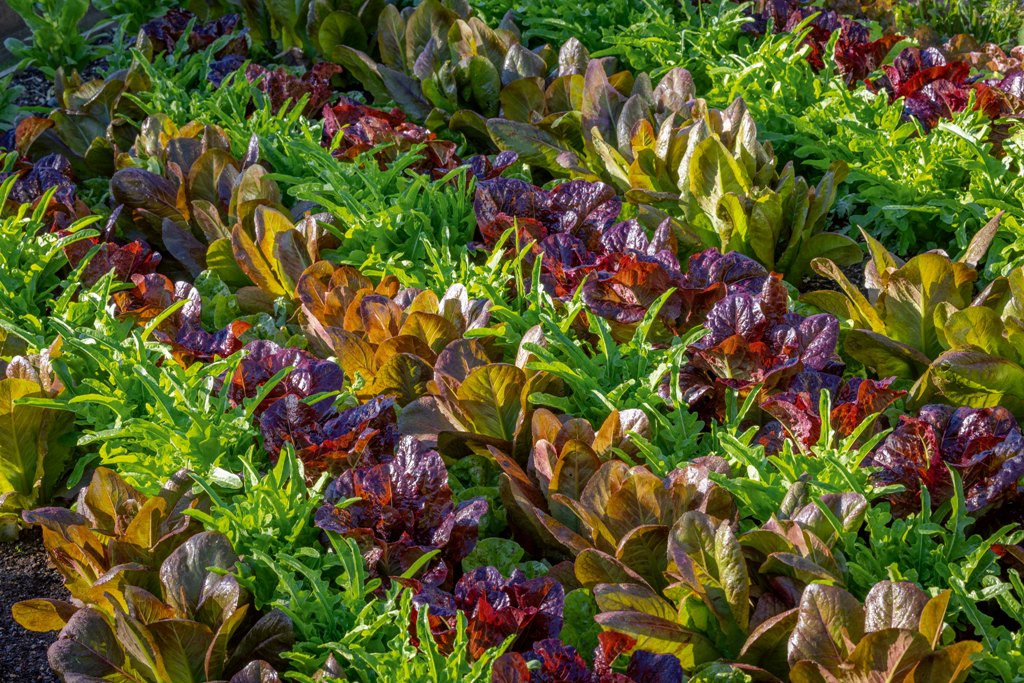
Plant up a spread of tulips and French artichokes, and the combination looks good enough to eat. My “plants to get list” list is long, long, long. Several varieties of the vegetables Sarah lists are difficult to get stateside, but you can easily find worthy substitutions by asking for help at a reputable, independent garden center.
We can’t forget the psychic and sensory satisfaction of growing vegetables: There is nothing as delicious as a warm tomato from the garden with your fresh-picked herbs.
She also sings the praises of Swiss chard for having the longest and most prolific cropping potential of any edible plant. Did you know that? I didn’t. These qualities earn it a place of honor in the garden. I planted the beautiful ‘Pot of Gold’ container chard just this week.
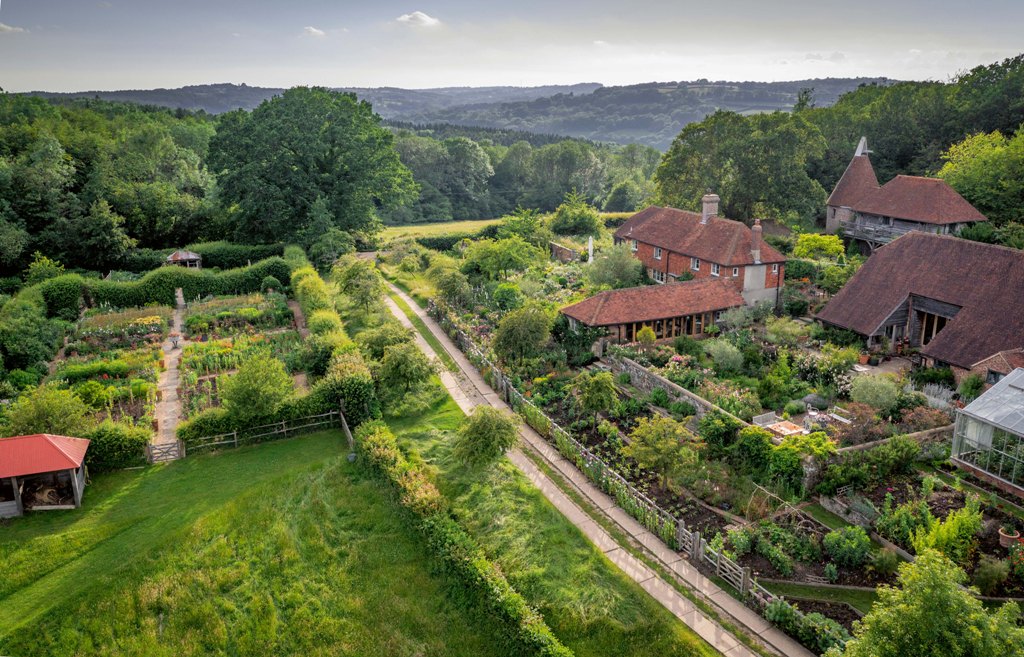
Get this book, read it over and over, take notes, make a list of what you must grow for the table, add tulips and dahlias, and cut and come again flowers, and you will feast for months. Your heart, your eyes, and your stomach will thank you.
Credits: All images copyright © Jonathan Buckley; book copyright A YEAR IN THE EDIBLE GARDEN: A MONTH-BY-MONTH GUIDE TO GROWING AND HARVESTING VEGETABLES, HERBS, AND EDIBLE FLOWERS by Sarah Raven © Rizzoli, 2023
